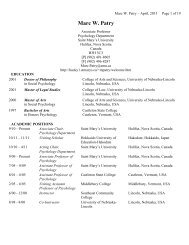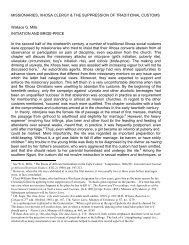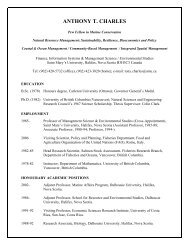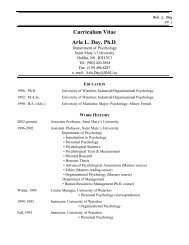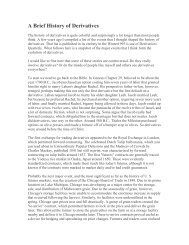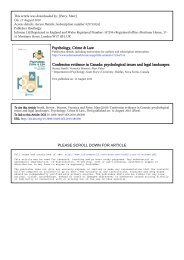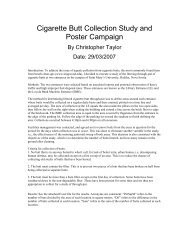Social, Economic and Cultural Overview and Assessment for Ocean ...
Social, Economic and Cultural Overview and Assessment for Ocean ...
Social, Economic and Cultural Overview and Assessment for Ocean ...
Create successful ePaper yourself
Turn your PDF publications into a flip-book with our unique Google optimized e-Paper software.
84%<br />
16%<br />
primary data<br />
secondary data<br />
Figure 3: Percentage of primary <strong>and</strong> secondary data used in the 16 case studies.<br />
3.1.2 Data Sources<br />
From this fairly small sample size of case studies, it seems that socio-economic data is most<br />
commonly obtained from statistical agencies (i.e. U.S. Census Bureau etc.), with 13 of the 16<br />
case studies using some <strong>for</strong>m of census in<strong>for</strong>mation (Figure 4). Census data potentially offers<br />
the greatest depth in time <strong>and</strong> consistency in methodology, <strong>and</strong> many other research reports<br />
<strong>and</strong> international agencies rely on these government sources <strong>for</strong> their data. The next most<br />
frequented sources included government departments (other than government statistical<br />
agencies) as well as previous research studies <strong>and</strong> review reports (11 of the 16 case studies).<br />
These assessments range from government commissioned studies <strong>for</strong> particular decision<br />
making processes to studies by industry, consultants, NGOs <strong>and</strong> academic researchers.<br />
Although these data sources often provide greater detail regarding specific issues, human<br />
populations, or localities, they are often one-off studies with less than consistent<br />
methodologies (e.g. Montego Bay). Furthermore, as they are rarely repeated, they lack the<br />
consistency that can be provided by census data <strong>and</strong> similar in<strong>for</strong>mation from statistical<br />
agencies <strong>for</strong> temporal comparisons. The down-side to census data is that it is seldom<br />
collected annually, hence the in<strong>for</strong>mation may restrict short-term timeframe comparisons;<br />
however, this approach does provide a relatively cost effective way to obtain in<strong>for</strong>mation <strong>for</strong><br />
profiling social-economic components <strong>for</strong> the area or community of interest.<br />
Another type of secondary data source is studies that bring together socioeconomic data from<br />
a variety of sources to produce a more multidimensional report on current socioeconomic<br />
conditions in a specified locality (e.g. Northern Sea <strong>and</strong> the Benguela Current case studies).<br />
Peer reviewed journal articles, industry reports, specialist working groups, research<br />
11



